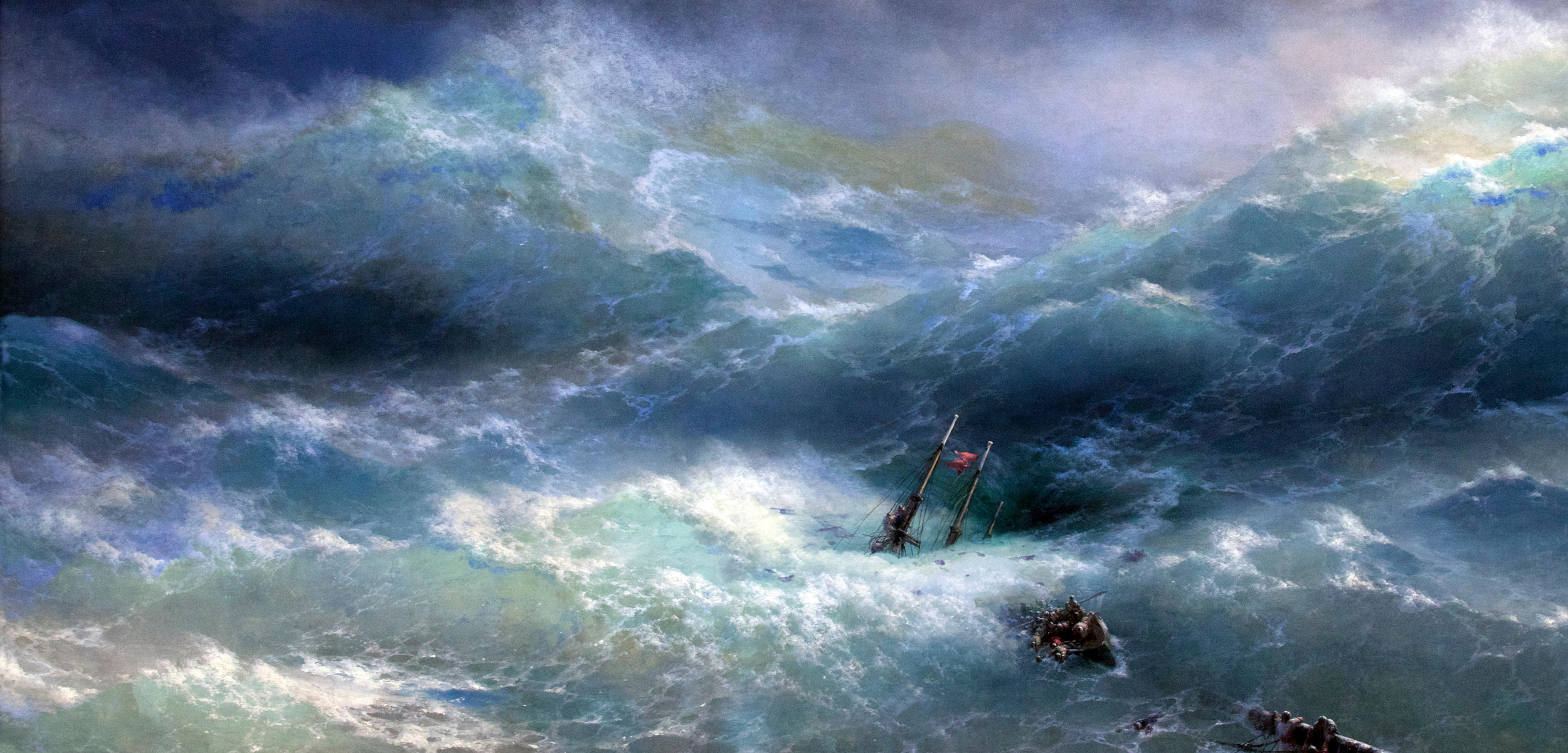Validating Tall Tales of Rogue Waves
Analyzing more than two million waves gives researchers a better idea of how rogue waves are born.
Article body copy
Mariners have a reputation for spinning tales taller than stormy seas, but not all folklore is mere exaggeration. Stories of monstrous waves that seemingly come out of nowhere are, in fact, based on truth. While there have been tales of killer rogue waves as long as people have been sailing the seas, only recently have scientists verified their existence. Yet researchers are still struggling to explain how rogue waves are created.
Not all big waves are rogue waves. By definition, rogue waves must be at least twice the size of other nearby waves. A sailor could encounter a rogue wave in calm seas or in stormy conditions—though a rogue wave in 10-meter swells is obviously much more dangerous than one in a gently rolling sea.
However, rogue waves are rare and unpredictable, which has made them difficult to study. To date, the majority of research has been theoretical and laboratory based. Recently, scientists took to the seas, using sensors to monitor more than two million waves in a bid to identify the oceanic conditions that create rogue waves.
“The important thing is to test with data sets,” says Johannes Gemmrich, the physical oceanographer at the University of Victoria who led the new study. “We wanted to see if we could find the results a theoretical model predicted in real data.”
Using two buoys in the North Pacific, Gemmrich and his collaborator, Jim Thomson of the University of Washington, monitored the ocean’s surface for drastic changes in elevation that would indicate a rogue wave. After measuring more than two million wave groups, they found 300 rogue waves.
Seafarers have long told stories of monstrous waves coming in trios—the “three sisters”—where each of the three waves is larger than the one before. Similar to the legend, the scientists found rogue waves tend to come in the middle of a set of waves that gradually build in height. Though rogue waves are always the tallest of the set, they aren’t necessarily the steepest (and thus the most dangerous). Instead, the steepest waves tend to be the ones at the start of the set.
The new results may help mathematicians refine their models of rogue waves to better understand how they form. In some theories, which employ the same equations used in quantum mechanics, it’s suggested that rogue waves are formed by sapping energy from adjacent waves. The new results support an alternative hypothesis in which two incoming wave groups combine in just the right way to intensify their power.
Rogue waves are renowned for their ability to take lives and swallow ships whole, so learning about their nature may help seafarers avoid the dangerous natural phenomena. Understanding how rogue waves build in the middle of a set may also provide mariners with an extra bit of warning before the big one hits.

